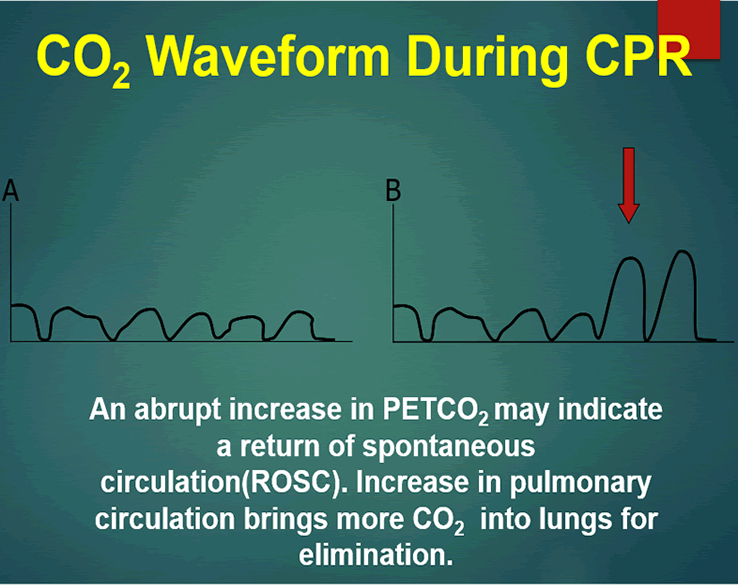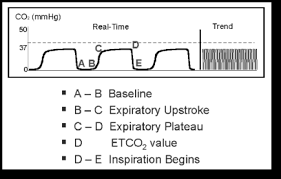end tidal co2 monitoring cpr
Waveforms may be time-based CO 2 over time or volume-based CO 2 plotted over exhaled tidal volume. This will cause a decrease in the ETCO2 end-tidal CO2 and this will be observable on the waveform as well as with the numerical measurement.

Average Etco2 Kpa During Cpr In Patients With Or Without Rosc Download Scientific Diagram
J Intensive Care Med.
. End-tidal CO2 monitors can give healthcare providers an early warning if a patient is experiencing respiratory distress or going into respiratory failure. Waveform capnography can be attached to the BVM prior to intubation to monitor the effectiveness of CPR. Two very practical uses of waveform capnography in CPR are.
End-tidal carbon dioxide ETco 2 monitoring provides valuable information about CO 2 production and clearance ventilation. Based on laboratory cardiopulmonary resuscitation CPR investigations and limited adult data the American Heart Association Consensus Statement on CPR Quality recommends titrating CPR performance to achieve end-tidal carbon dioxide ETCO2 20 mmHg. Its a quantitative measurement of a patients exhaled CO2 which is the byproduct of cellular metabolism.
A real time waveform record of the concentration of carbon dioxide in the respiratory gases 2. Systematic review and meta-analysis of end-tidal carbon dioxide values associated with return of spontaneous circulation during cardiopulmonary resuscitation. Gradual fall in ETCO2 suggests compressionist fatigue during CPR - time to change compressionists.
Also called capnometry or capnography this noninvasive technique provides a breath-by-breath analysis and a continuous recording of ventilatory status. Inspiratory segment is phase 0 expiratory segment is divided into three phases. Learn vocabulary terms and more with flashcards games and other study tools.
This report focuses on ten of the 23. The graphical representation of EtCO 2 is shown in a waveform format and is known as a capnogram. The normal values are 5 to 6 CO2 which is equivalent to 35-45 mmHg.
End tidal co2 waveforms. The first sign of the return of spontaneous circulation ROSC during CPR is increase in ETCO2 therefore monitoring of ETCO2 provides very useful information to guide treatment during CPR 8 - 10. Another great benefit to continuous end-tidal monitoring during an arrest and especially in the intubated patient is breath-by-breath monitoring of that ET tube placement.
Uses during cardiac arrest. We monitored end-tidal CO2 values continuously during cardiac resuscitation in 23 humans while ventilation was held constant with a computer-controlled CPR Thumper. End-tidal carbon dioxide ETCO 2 monitoring is readily available easily used and a standard of care in the operating suite and in the critical care setting.
Normal ETCO2 in the adult patient should be 35-45 mmHg. Increased CO during CPR. I II and III.
Capnography is the monitoring of the concentration or partial pressure of carbon dioxide CO 2 in respiratory gases. The angle between phase II and III is α angle and between phase III and the. A peak level less than 10 mm Hg may indicate a need to change compressor or ventilator to delive.
Current guidance recommends an end- tidal carbon dioxide ETCO2 of 4045 kPa 300 338 mm Hg to achieve a low- normal arterial partial pressure of CO2 PaCO2 and reduce secondary brain injury. End-tidal CO2 EtCO2 monitoring is a noninvasive technique which measures the partial pressure or maximal concentration of carbon dioxide CO2 at the end of an exhaled breath which is expressed as a percentage of CO2 or mmHg. Measures partial pressure of Carbon Dioxide expelled from the endotracheal tube Correlates well with the pulmonary blood flow cardiac output and coronary perfusion pressure generated during CPR Prognostic After 20 minutes of ACLS ROSC average of 32 mmHg AHA recommendation to improve CPR quality if below 10mmHg.
What is end-tidal CO2 etCO2. 20 mmHg at 20 minutes CPR - higher chance of ROSC. ETco 2 values may be displayed solely as a numeric value capnometry or with a waveform capnography.
Time capnogram showing segments phases and angles. In fact its commonly called the ventilation vital sign. Start studying End tidal CO2 Monitoring.
I kind of think of it like the exhaust in a car. Cardio Pulmonary Resuscitation CPR ETCO2 concentration is a reliable index of effective heart compression during CPR which is associated with cardiac output 7 8. Maximum value of carbon dioxide at the end of the expiration is designated as end-tidal partial pressure of carbon dioxide PETCO 2.
35-45 mmHg A B C E 40 0 BronchospasmAsthma. 1 evaluating the effectiveness of chest compressions and 2 identification of ROSC. Waveform plus numerical value.
Understanding End Tidal CO 2 Monitoring. This eliminates the need to wait for blood work chest-x-rays and other diagnostic tests. The end-tidal carbon dioxide CO2 concentration has been found to correlate with cardiac output during and after cardiopulmonary resuscitation CPR in animal models.
End tidal CO 2 EtCO 2 is the maximum expired carbon dioxide concentration during a respiratory cycle. Monitoring end-tidal CO 2 ET-CO 2 provides instantaneous information about ventilation how effectively CO 2 gas is being exhaledeliminated by the respiratory system perfusion how effectively CO 2 is being transported through the vascular system to the lungs and metabolism how effectively CO 2 is being produced by cellular metabolism. When a capnometer is available and the machine is warmed-up connection to the ventilatory circuit takes CPR whether ventilating via bag-mask.
End-tidal carbon dioxide ETco2 monitoring provides valuable information about CO2 production and clearance ventilation. End tidal CO2 ETCO2 monitoring with wave form capnography serves various ACLS-related purposes. End-tidal CO2 monitoring allows for almost immediate information about what is going on with a patient.
Abrupt increase in ETCO2 suggests ROSC during CPR detectable before pulse check ETCO2 at 20 minutes of CPR is prognostically useful.

The Role Of Etco2 In Termination Of Resuscitation Jems Ems Emergency Medical Services Training Paramedic Emt News
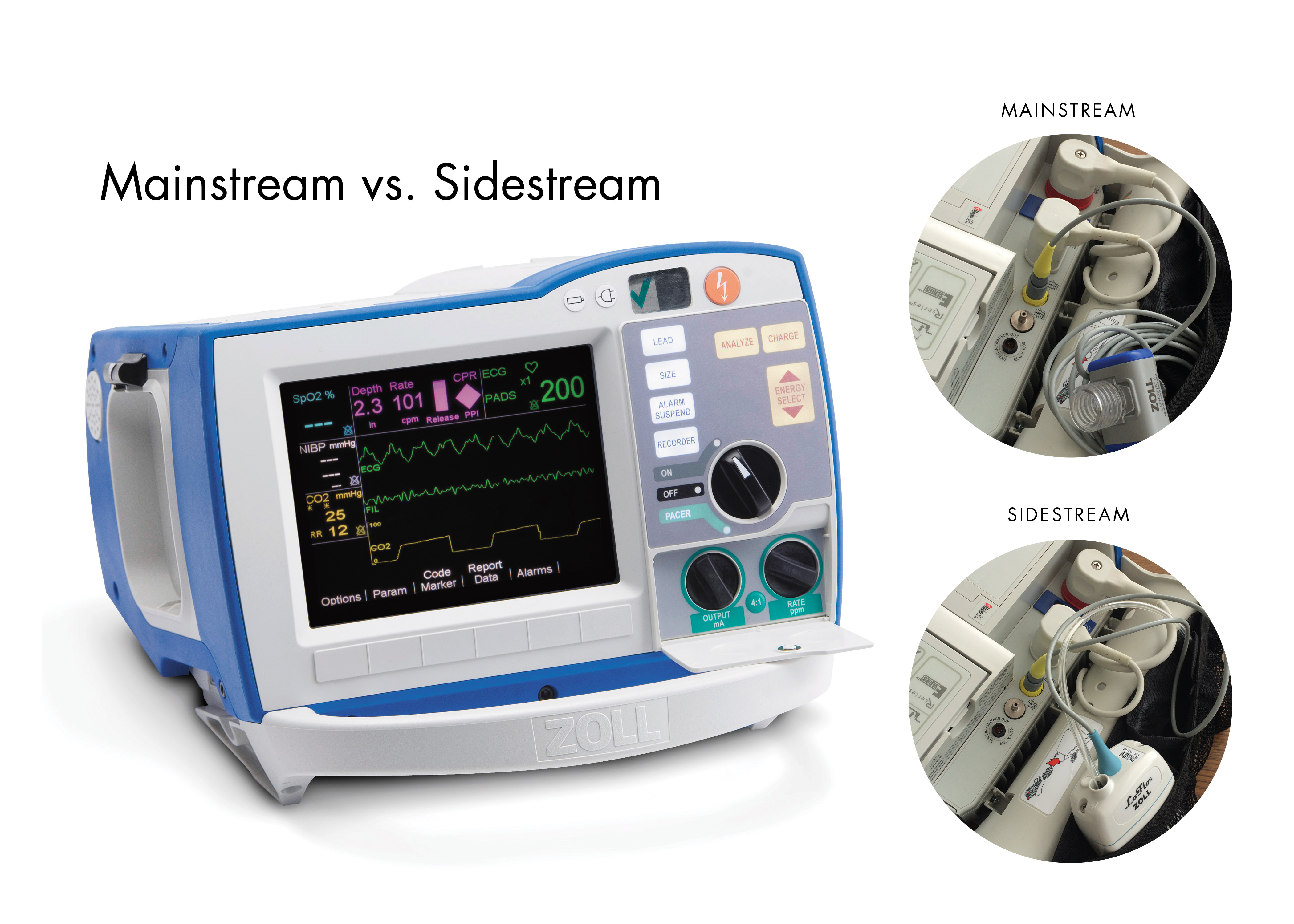
R Series End Tidal Carbon Dioxide Etco2 Zoll Medical
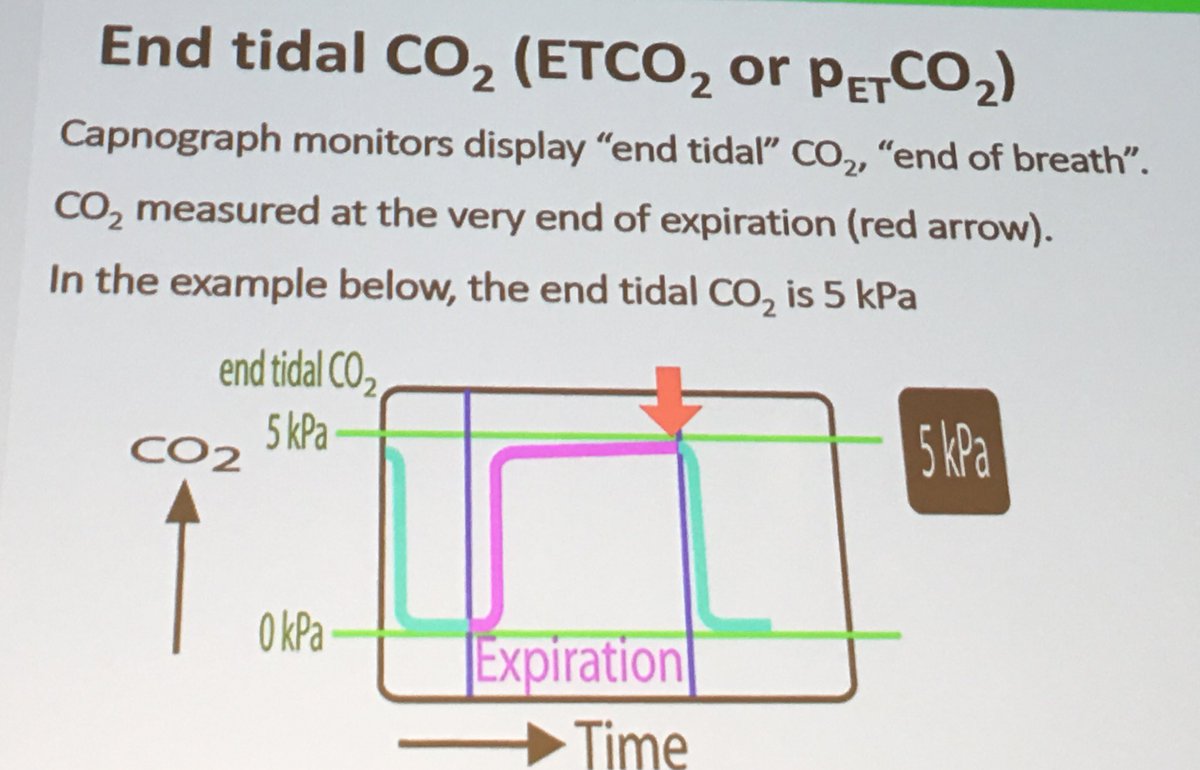
M Velia Antonini Twitterren Etco2 To Evaluate Cpr Quality To Achieve Good Outcome Monitor Resuscitation Quality Is High Chest Compressions Fraction Short Cc Pauses Deep Enough Cc But Also Where Where You

Veterinary Use Capnograph Wireless Etco2 End Tidal Co2 Monitor China Capnometer Etco2 Monitor Made In China Com
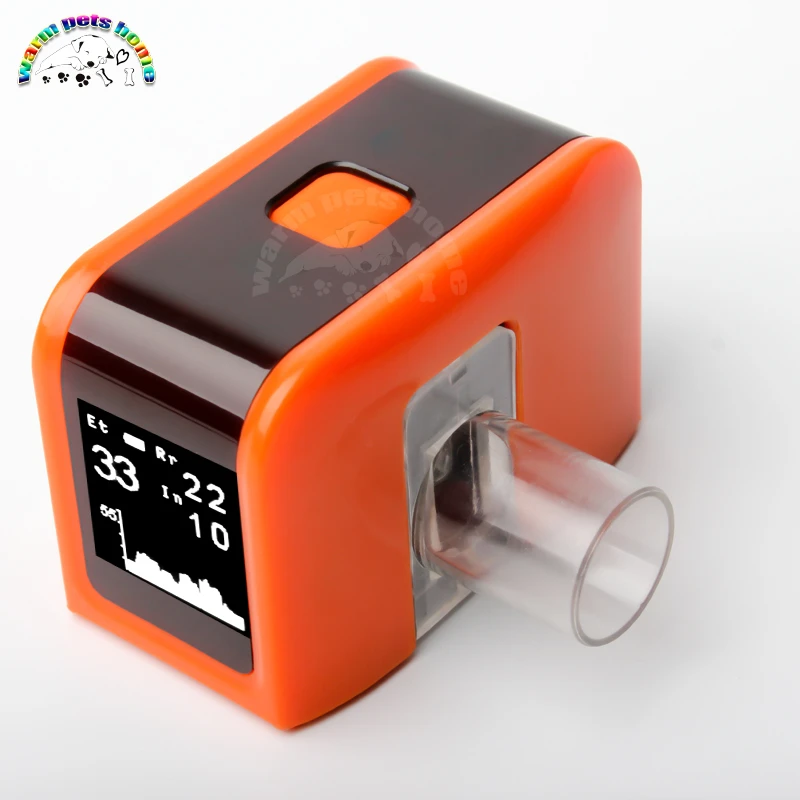
Etco2 Monitor Mainstream Capometer Porable End Tidal Carbon Dioxide Monitor Capnograph Module Wireless End Expiratory Alarm Pet Surgical Instruments Aliexpress

Oem Animal Pet Light Weight Mainstream End Tidal Co2 Monitor Capnograph China Capnometer Etco2 Monitor Made In China Com

Clinical Rationale Textbook Hey Guy I Have Been Asked To Talk About Capnography Or Etco2 Monitoring With This Now Being Introduced For Als In Cardiac Arrest Outside Of Cardiac Arrest This

Quantitative Waveform Capnography Acls Medical Training
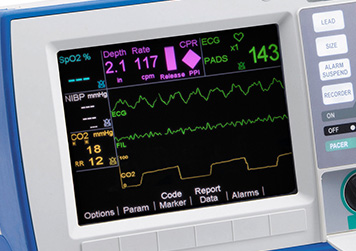
End Tidal Co2 Etco2 Capnography For R Series Zoll Medical
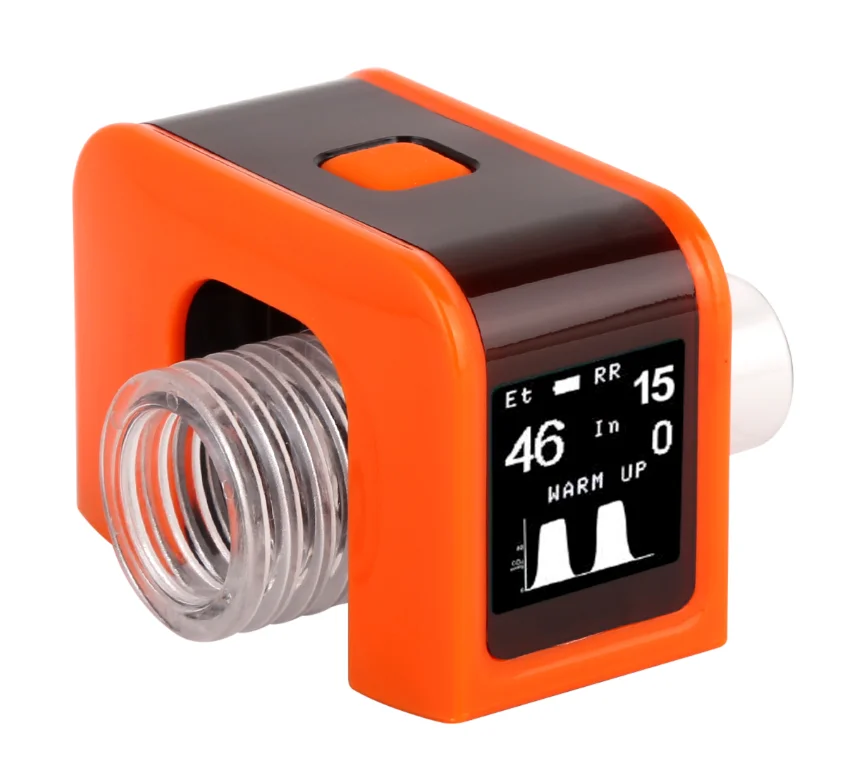
Ca60 Wireless Cpr End Tidal Micro Etco2 Capnometer Buy Etco2 Capnometer Product On Alibaba Com
Effectiveness Of Cpr And Prognosis In Cardiac Arrest Capnography Training

The Impact Of Ventilation Rate On End Tidal Carbon Dioxide Level During Manual Cardiopulmonary Resuscitation Resuscitation
Emdocs Net Emergency Medicine Educationcapnography In The Ed Emdocs Net Emergency Medicine Education

3 Waveform Capnography Showing Changes In The End Tidal Carbon Dioxide Download Scientific Diagram

Capnography During Cardiopulmonary Resuscitation Current Evidence And Future Directions

Waveform Capnography Is A Commonly Used Monitor In The Operating Room And Is Increasingly Seen In Respiratory Therapist Student Icu Nursing Emergency Nursing

Pv Card Continuous End Tidal Co2 Monitoring In Cardiac Arrest
